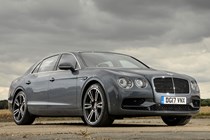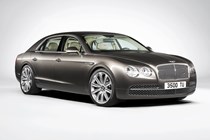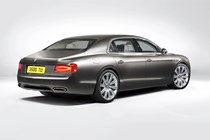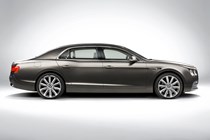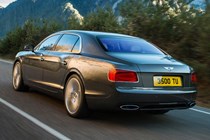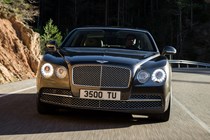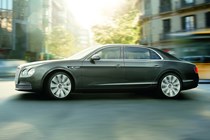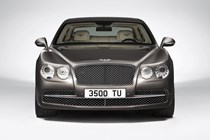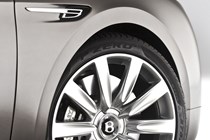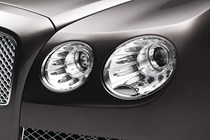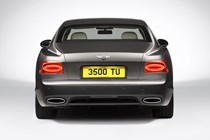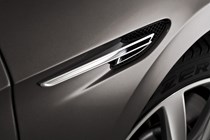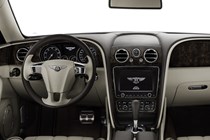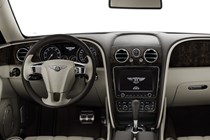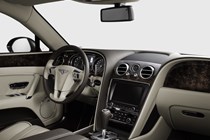Bentley Flying Spur Saloon (2013-2019) engines, drive and performance
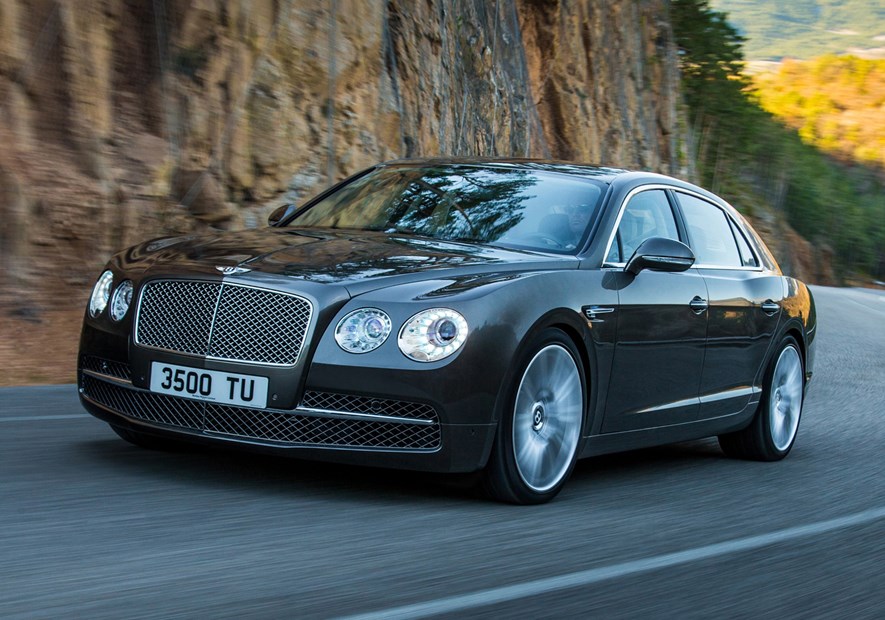
- Up to 635hp available in W12 guise
- More efficient V8s sound sportier
- Twin-turbos whichever you choose
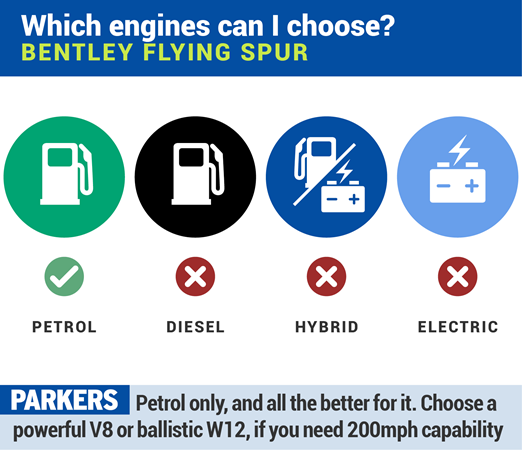
The Bentley Flying Spur is offered with two engine options. If you’re looking for a cutting-edge hybrid or low CO2-emitting diesel, then go elsewhere – there are two petrols, both of which are twin-turbocharged in the interests of maximum power and torque.
The Bentley Flying Spur V8
Introduced into the Flying Spur in 2014, the twin-turbo 4.0-litre V8 was a first step into downsizing at Bentley that thankfully hasn’t gone too far. The entry-level model is clearly not a poverty edition, so you still get all that lovely effortless push that you expect in a Bentley.

It’s quiet at idle, and pleasingly insulated, but not so much that you don’t get to experience its delicious exhaust when you get the opportunity to put your foot down.
You’re well catered for in terms of performance – with 507hp developed at 6,000rpm, and 660Nm of torque from just 1,400rpm, you get lots of instant, low-down thrust, but it doesn’t run out of steam as the revs rise.
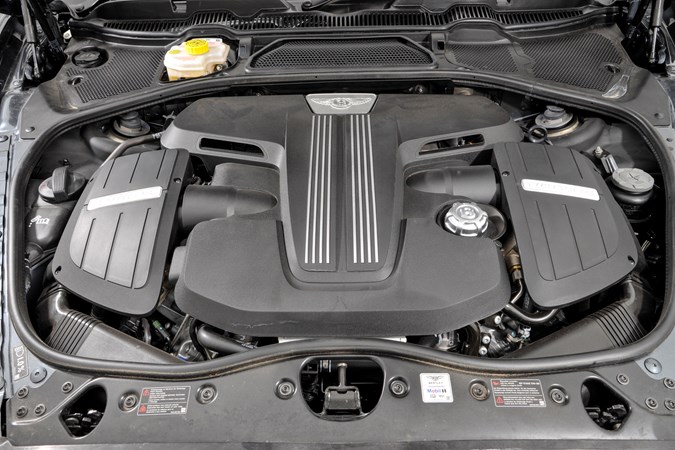
That will get you a maximum speed of 183mph, and a 0-62mph time of 5.2 seconds. The V8 S’s additional 21hp (bringing the maximum up to 528hp) shaves the 0-62mph time down to 4.9 seconds, and maximum speed rises to 190mph.
Both sound fabulous, and you’ll never get tired of its delicious exhaust note. Despite all that performance, it’s easily the most economical in the range. Thanks to cylinder deactivation technology, the official combined fuel consumption is 25.9mpg, which isn’t too shabby at all.
The Bentley Flying Spur W12 – the amazing flagship
This engine might have been around a while, but we never get bored of recounting the fact that it makes this into a 199mph car. It develops 800Nm and 625hp for the ultimate mid-range punch. With a 40:60 rearward-biased torque split for its four-wheel drive system, you’ll never feel overwhelmed by that power.
With 635hp, the W12 S gets reaches 202mph a little more comprehensively, but that might not be enough to counter the fact that even compared with the Flying Spur V8 S, this is one thirsty car. The average combined fuel consumption dips to 19.2mpg and CO2 emissions rise to 343g/km.
All models get an eight-speed automatic gearbox, which is smooth and seamless when it comes to swapping gear ratios. It’s a highly-geared set-up in both cases, keeping revs low when cruising on the motorway.
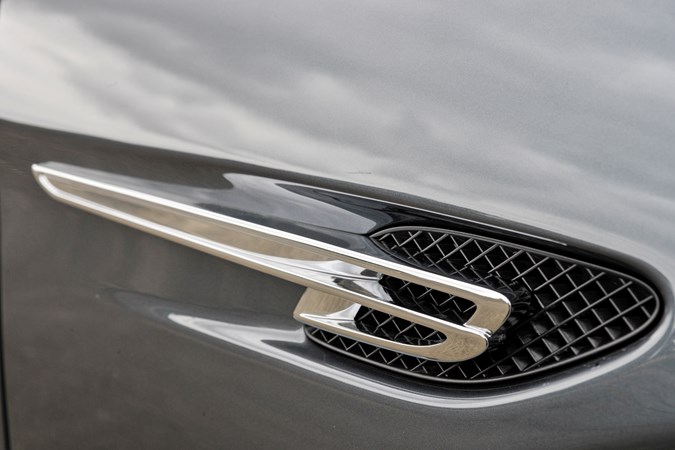
- Heaviness blunts outright agility
- Four-wheel drive enhances traction
- Air suspension delivers poise

The Bentley Flying Spur is primarily set-up for ride comfort, but it is good in the bends, too. And although it’s no Golf GTI, it can be hustled along quite quickly in the right hands – and assuming the VIP in the back does not mind.
You can never get away from the fact this is a heavy car – well in excess of two tonnes (from 2,425kg). You’re constantly reminded of its size and heft through the wheel, and so as long as you feed it progressively into bends, and are smooth with all the controls, it will change direction quickly.
But you don’t get much in terms of feedback through the wheel. There’s plenty of traction, but you can’t go feeling for it, as the steering won’t really tell you much about what’s going on between the wheels and the road. Think of it as a car to direct and trust in; not to have a sizzling drive on a B-road.
Four-wheel drive traction in tight spots
So, it might not be that communicative, but thanks to its well set-up suspension and four-wheel drive traction, you never feel unsure how it’s going to respond when you do ramp up speeds on winding back roads. Traction and roadholding are really impressive.
In the UK, where it seems to rain 300 days of the year, this really does make a difference to driver confidence. Whether you actually want to carry huge speed through wet bends in such a large car is another matter, but it’s good to know you can if you need to.


